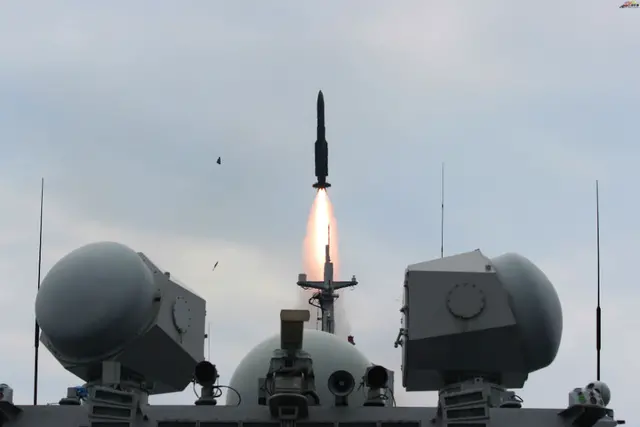Despite the much vaunted economic growth in the Philippines, the inflow of foreign direct investment (FDI) to the country has continued to slide.
In its latest report, the Bangko Sentral ng Pilipinas (BSP), the country's central bank, said that for June, the FDI net inflows stood at only 383 million U.S. dollars, down 30.9 percent year on year.
This brought the year-to-date level to net inflows of 2.02 billion U.S. dollars, down 40.1 percent from the same period in 2014.
However, the BSP said that the FDI level at the end of the six months has matched the amount of investments the country receives on average. From 2000 to 2014, average annual FDI net inflows to the Philippines stood at 2.1 billion U.S. dollars.
In contrast, FDI inflows to Indonesia for the first half of 2015 amounted to 13.66 billion U.S. dollars, the highest in the region. The amount corresponds to 31 percent of all FDIs that flowed into the Association of Southeast Asian Nations (ASEAN).
Data gathered from financial sources showed that in the first half of 2015, Vietnam garnered 7.53 billion U.S. dollars and Malaysia with 7.01 billion U.S. dollars, or 17 percent and 16 percent respectively from the FDI inflows to ASEAN.
As to why the Philippines has remained a laggard in attracting FDIs, the International Chamber of Commerce (ICC) has an explanation.
The recently-released Open Markets Index (OMI) of the ICC has ranked the Philippines among those in the bottom of the 75 economies that it assessed.
The Philippines is still deemed by the international investor community to have trade restrictive measures and a protectionist regime, the ICC said.
In OMI's third edition, the Philippines placed 60th with a score of 2.9 out of 6. The Philippines thus fell under the "below average openness" category based on four key components.
These are observed openness to trade, trade policy, foreign direct investment (FDI) openness and infrastructure for trade.
The Philippines was also one of only nine economies whose scores have steadily declined since 2011.
Based on OMI data, the Philippines got the lowest score of 1.9 in terms of FDI openness, which reflects a country's policy toward investment and attractiveness to foreign investors; 2 in terms of trade openness; and 3 in terms of trade enabling structure.
The Philippines' highest score was 4.2 under the trade policy regime component, which looks at average applied tariff levels, complexity of tariff profile, non tariff barriers and efficiency of border administration.
According to the ICC's index, Singapore and China's Hong Kong were the most open economies, with a score of 5.5, followed by Luxembourg (4.9), Belgium and Netherlands (4.8), Ireland, Switzerland, the United Arab Emirates and Iceland (4.7) and Sweden (4.5).
Ranked as the weakest and least open economies were Sudan, which ranked 75th with a score of 1.8; Ethiopia, ranked 74th (1.9); and Bangladesh, which was placed 73rd (1.9).
The OMI, which comes out every two years, was developed to measure the openness of key economies and better understand the extent to which governments are following through on their commitments to create genuinely open economies.
The ICC has been advocating for liberalized trade at both the intergovernmental and national levels.
According to the ICC, a critical aspect of liberalized trade is the extent to which individual economies, especially those heavily reliant on trade for growth, bring down barriers to trade and commerce.
ICC said that despite the sluggishness in the recovery of trade growth, the world economy is expected to see moderate expansion, with both gross domestic product and trade growth forecast to increase in both 2015 and 2016.
To maintain this momentum, governments must continue to open borders and bring down barriers to trade and investment, the ICC said.
 简体中文
简体中文

